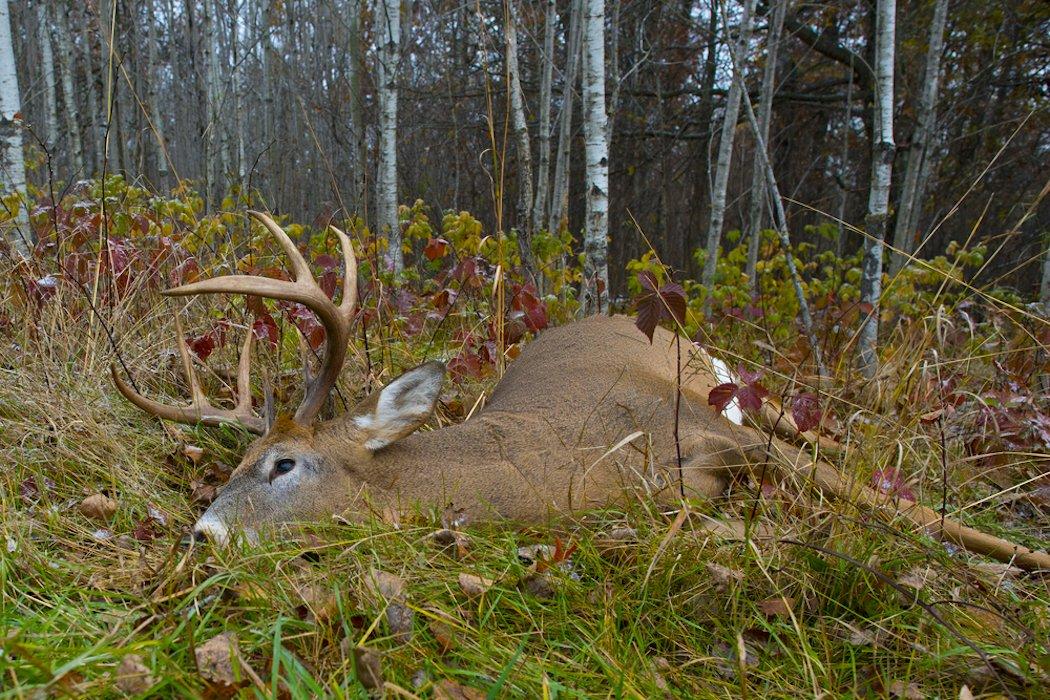It’s not a term that I truly enjoy. Personally, I believe we should show respect to any deer we harvest. But for lack of a better term for accidentally shooting a smaller buck than intended, we’ll continue to refer to it as ground shrinkage. Here’s eight ways to help avoid it.
1. Compare Mass Measurements to the Circumference of the Eye
The circumference of a buck’s eye is usually in the neighborhood of 4 inches. And if it’s closer to the width of the buck’s ear than eye, then you’ve definitely got a trophy buck in your sights. Use this to gauge how much mass a deer has.
2. Compare Spread Measurements to Ear-to-Ear Width
When alert, a buck’s ears are about 16 inches apart from tip to tip. If the antlers extend two inches or more on either side of those, it should have at least a 20-inch inside spread. Knowing this allows you a better chance at an accurate score estimate.
Don’t Miss: How to Field Judge a Buck on the Fly
3. Compare Tine Length to Length of the Ears
A buck’s ears will be anywhere from 6 to 7 inches long. Use this knowledge to get a better idea of how long the deer’s tines are. It pays to quickly observe this part of their rack when judging deer in the field.
4. Compare Beam Length to Length of the Nose
Look at the beam length when the deer is standing broadside and looking to your right or left. If the antlers extend out almost even with the nose, the buck could have 28- to 30-inch main beams. That said, this isn’t an exact science, as beam shape can be very different from buck to buck.
Don’t Miss: Score Your Rack
5. Study Trail Camera Images Closely
One of the best ways to gauge a buck’s size is to study trail camera images of it. Then, when you see it in the field, you’ll have a much better feel for how big it really is. It’s easier to make that snap-decision when you’ve already studied the rack on the deer you’re after.
6. Conquer Buck Fever
Sometimes buck fever gets the best of us. When that happens, deer almost always look bigger to us than they really are. Learn how to combat this and field judging bucks will get much easier.
Don’t Miss: How to Beat Buck Fever
7. Don’t Rush the Shot
If you have time to observe the deer, take it. Don’t rush the shot. Doing so can lead to mistakes such as misjudging the deer, making a bad shot, and more. Sometimes deer force you to shoot in a hurry. But not always. Read the situation and react accordingly.
8. Learn to Age Bucks on the Hoof
This might not directly help you judge a rack on the fly. But most mature bucks will sport higher scores when it comes to their headgear. Knowing how to read the size of a deer’s body, and the relation of that information to its age, can be a significant help when making the decision to shoot or not.
Don’t Miss: How to Age a Buck on the Hoof
Are you a deer hunter thirsty for knowledge? Check out our stories, videos and hard-hitting how-to’s on deer hunting.
Follow us on Facebook.








